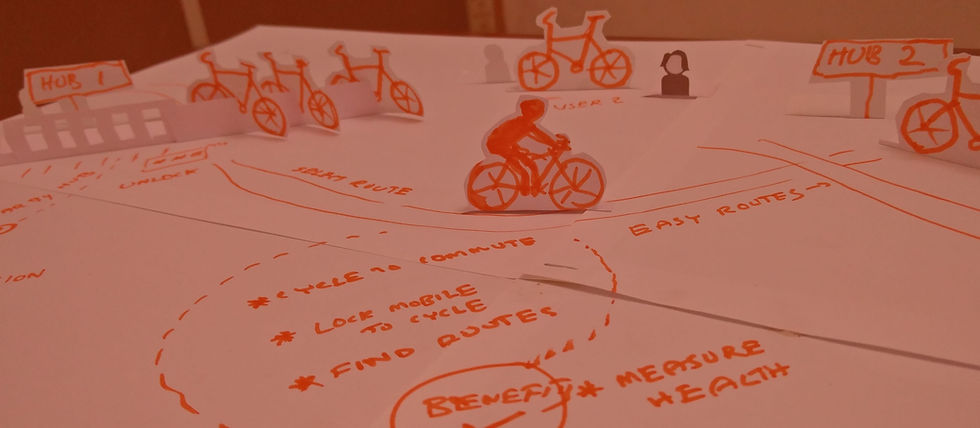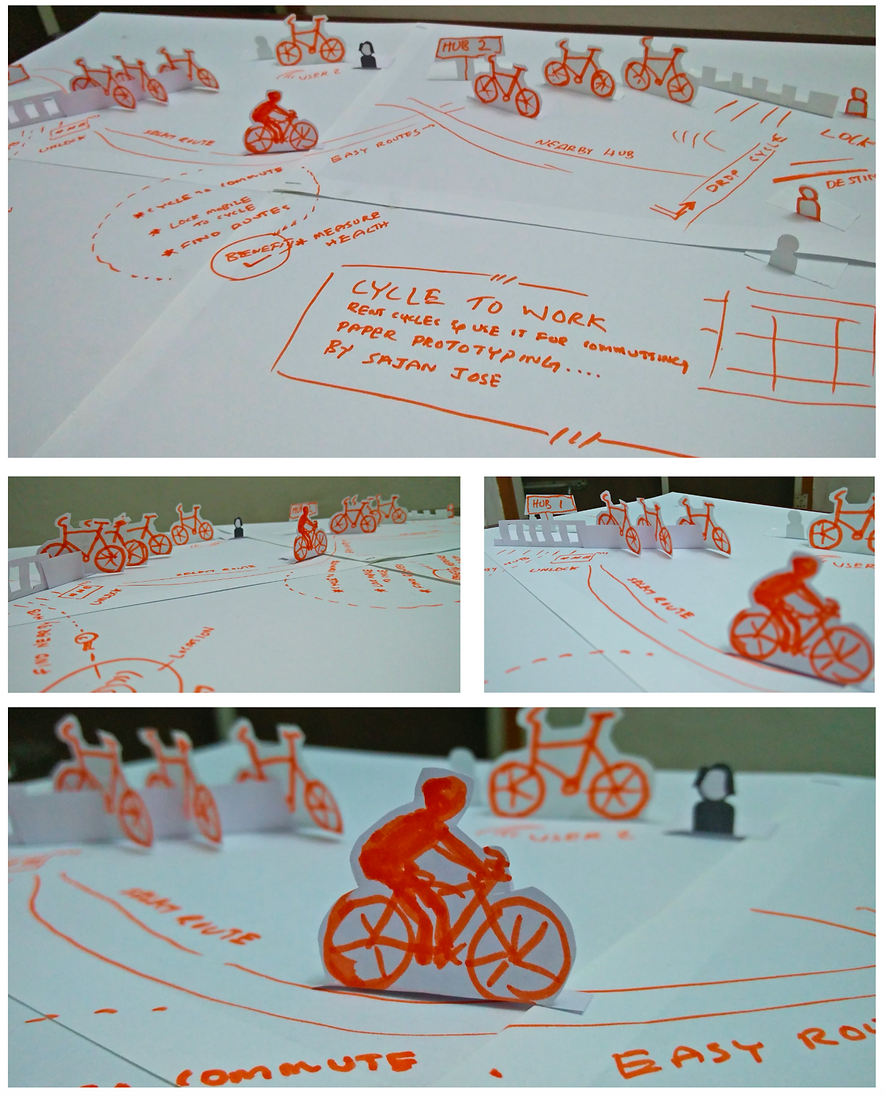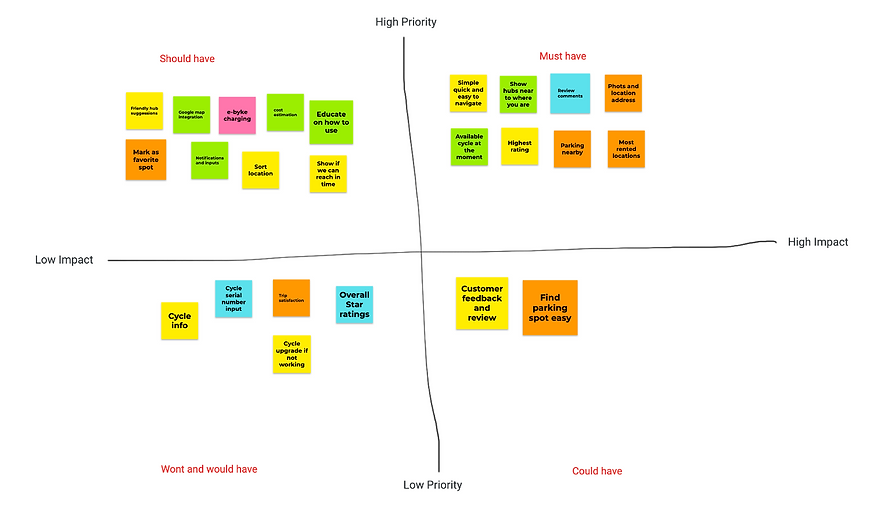
Cycling to Work
Increasing urbanization has led to a chronic problem of traffic congestion in cities, with a growing number of vehicles on the road daily. This challenge is compounded by the demands of a hectic modern lifestyle, which leaves individuals with progressively less time for physical activity.
In response, a growing number of urban dwellers are embracing the "cycling to work" initiative. This trend directly addresses both issues by contributing to the reduction of road traffic and promoting a healthier lifestyle among commuters
The Problem
Urban commuting often involves a series of fragmented and inefficient steps. During peak hours, a typical journey might begin with a car or taxi ride to a public transport hub like a train station, subway, or bus stop. Following the public transport leg, commuters frequently face another wait for a taxi or ride-share to reach their final destination.
The added frustrations of negotiating fares or ensuring correct change, particularly with services like auto-rickshaws, have become an unwelcome but daily occurrence. While walking is an option for shorter distances, longer commutes necessitate reliance on services like Uber, which can significantly increase daily expenses.

Ideas and Storyboards
Imagine an application that revolutionizes short-distance urban travel by allowing you to rent a bicycle directly from your current location and ride it to your destination. This concept is ideal for bridging those common "last mile" gaps, such as commuting from the office to the train station or from a bus stop to home.
The major highlight of this proposed system is its flexible hub-to-hub model: you can pick up a bicycle from one designated hub and conveniently drop it off at another hub near your final destination. This promises an incredibly easy and efficient commuting experience. I've developed a prototype to illustrate these ideas and refine the user flow.

Feature Prioritization
To strategically plan our development, I led the team in feature prioritization by creating an affinity diagram. This process, combined with our idea funnel backlog, was instrumental in helping the team effectively prioritize a comprehensive list of features, bug fixes, technical work, and essential knowledge-building initiatives.

How it works
As urban areas continue to grow, traffic congestion has become a persistent challenge, contributing to both environmental concerns and a decline in personal well-being. Simultaneously, busy modern lifestyles leave many with limited time for physical activity. This is how it works..


Wireframing & Prototyping
To move forward with the design I used hi-end design tools available in the market to create sets of detailed mockups. This approach was beneficial in showing our stakeholders design progress
Our ambitions is to create a strong foundation that embrace a rapidly evolving business and more diverse user base.


Visual Design and Styleguide
My role on this project focused exclusively on the User Experience (UX) and the wireframing, while the visual design aspects were managed by a separate team.

